Wendy’s is stepping into the future of fast food by testing a dynamic pricing model, similar to Uber’s surge pricing, but with a twist. Scheduled to start in 2025, this initiative could make your favorite burger’s price change based on the time of day.
The idea is not just about changing how we pay, but also about when and why we choose to eat out. As one of the first in the fast-food arena to test this model, Wendy’s could redefine the concept of mealtime value. While dynamic pricing is common in other industries, its application in fast food is a novel approach, blending convenience with technology. It’s not without its opponents, though.
Investing in the Future

Wendy’s is not holding back on making this vision a reality, pouring $20 million into state-of-the-art digital menu boards (via CNN). These menus are planned to be equipped to change prices in real time, driven by demand.
This hefty investment highlights Wendy’s commitment to innovation and customer experience. In an earnings call, CEO Kirk Tanner shared that beyond pricing, these digital boards aim to enhance order accuracy and boost sales through AI-driven suggestions.
Surge Pricing Explained
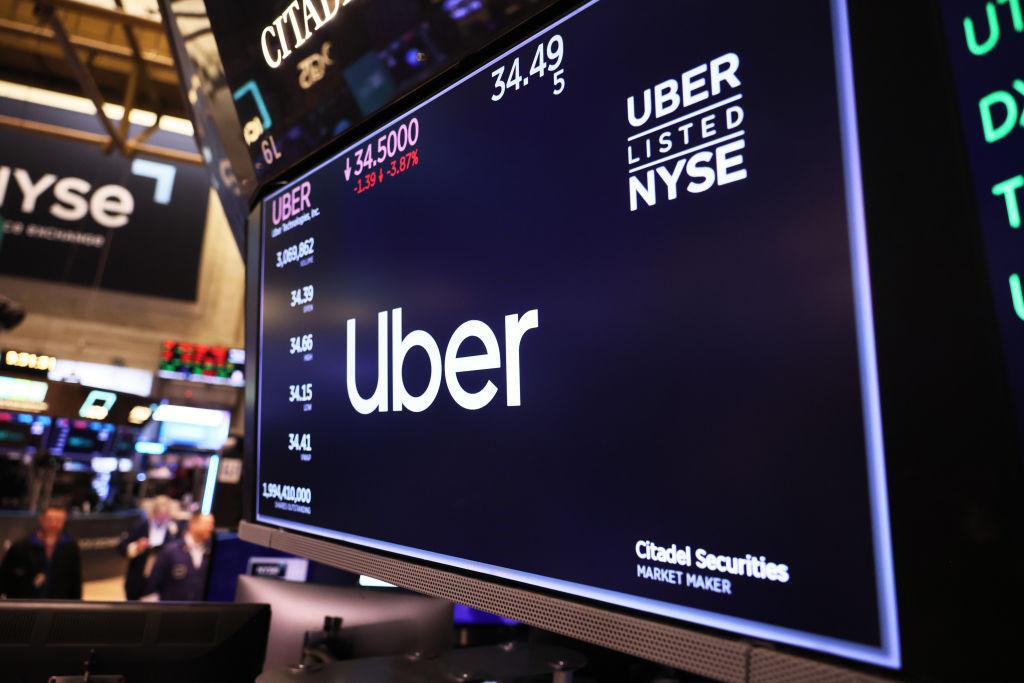
Surge (or “dynamic”) pricing might sound complex, but it’s all about supply and demand. At peak times, prices go up; when it’s quieter, prices could drop. It’s a concept we’ve seen with ticket sales and ride-sharing apps.
Wendy’s, however, is putting a unique spin on it, focusing on offering deals during slower periods rather than upping costs when it’s busy. This approach could make your late-afternoon snack cheaper, subtly shifting the typical lunchtime rush.
Consumer Benefits or Confusion?
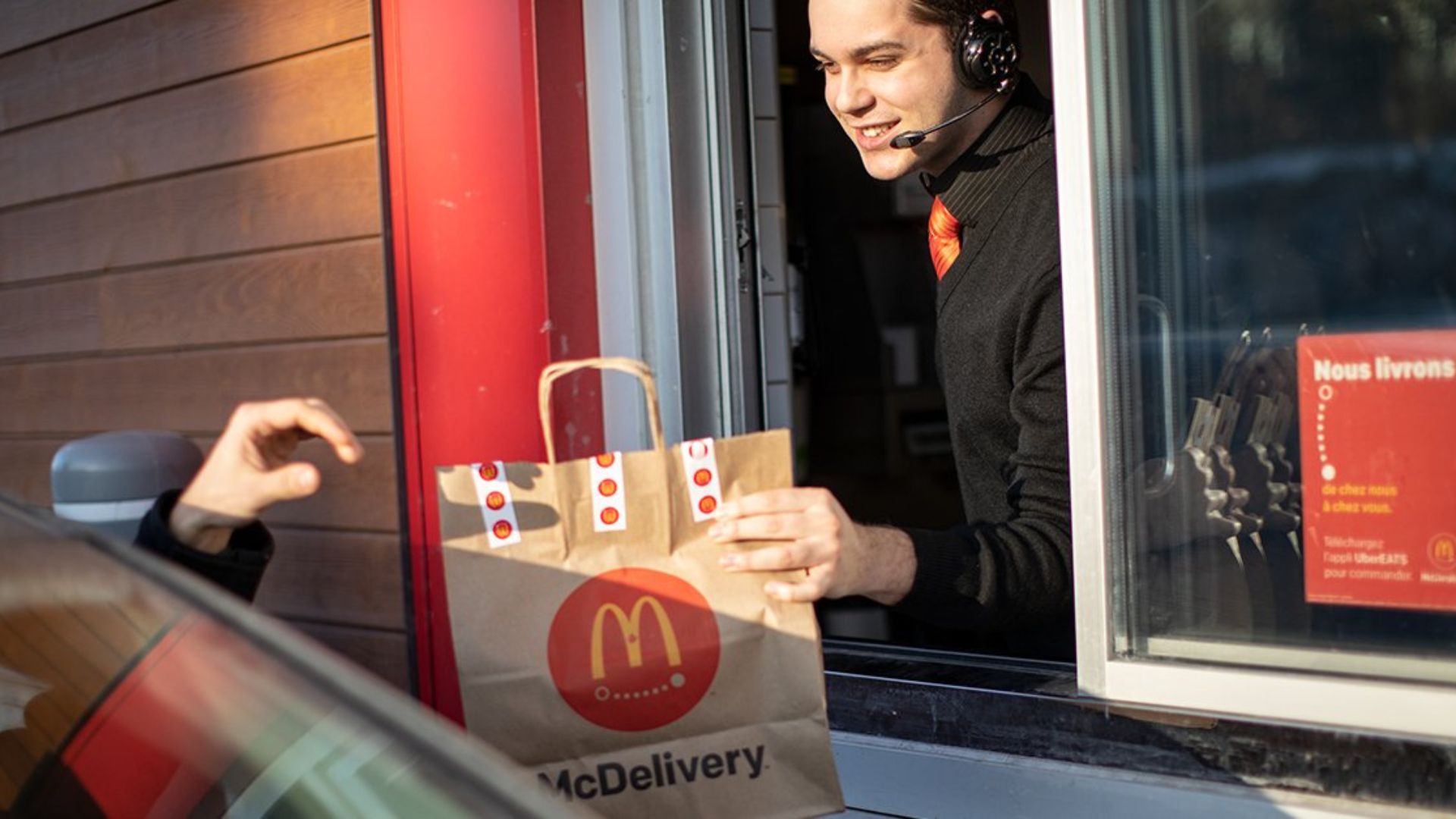
Wendy’s has been quick to address potential customer concerns, stating that the goal of dynamic pricing is to offer discounts during less busy times, not to hike up prices during lunch rushes (via Yahoo! Finance).
It’s a delicate balance between business and customer satisfaction. By focusing on discounts rather than price surges, Wendy’s aims to attract customers during off-peak hours, potentially smoothing out the daily demand curve and improving the dining experience for everyone.
Technological Transformation

The goal of the new digital menus at Wendy’s is for a more personalized ordering experience. These menus can change not just prices but also offerings, depending on the time of day.
It’s a step toward a future where fast food can adapt to consumer preferences and habits.
Employee Impact and Surge Pay

A big question remains: If prices surge, will employees see a corresponding increase in pay during these peak times? Wendy’s has yet to clarify this point, but it’s a crucial aspect of the dynamic pricing model.
Fair compensation for increased demand periods could improve employee morale and service quality. As we navigate the new terrain of dynamic pricing, the treatment and satisfaction of crew members will be as important as customer reactions.
McDonald’s Pricing Predicament
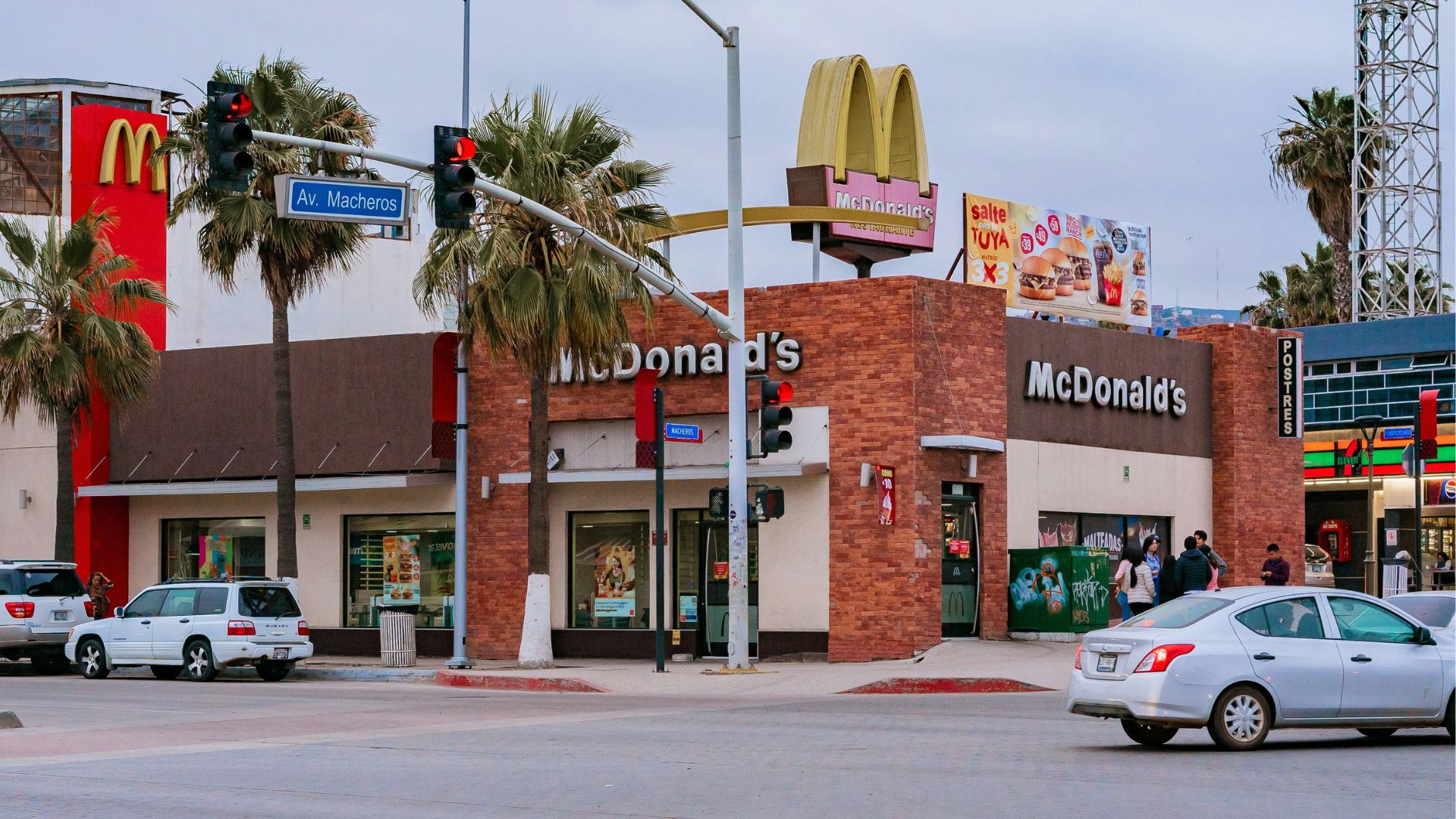
Wendy’s isn’t the first to flirt with flexible pricing; McDonald’s has also experimented with dynamic pricing, according to CNN. However, McDonald’s faced backlash from customers who found inconsistent pricing confusing and frustrating.
Wendy’s can learn from this, understanding the importance of clear communication and customer education. Ensuring that customers feel the pricing is fair and transparent will be key to avoiding the pitfalls that McDonald’s encountered.
Industry Ripple Effects
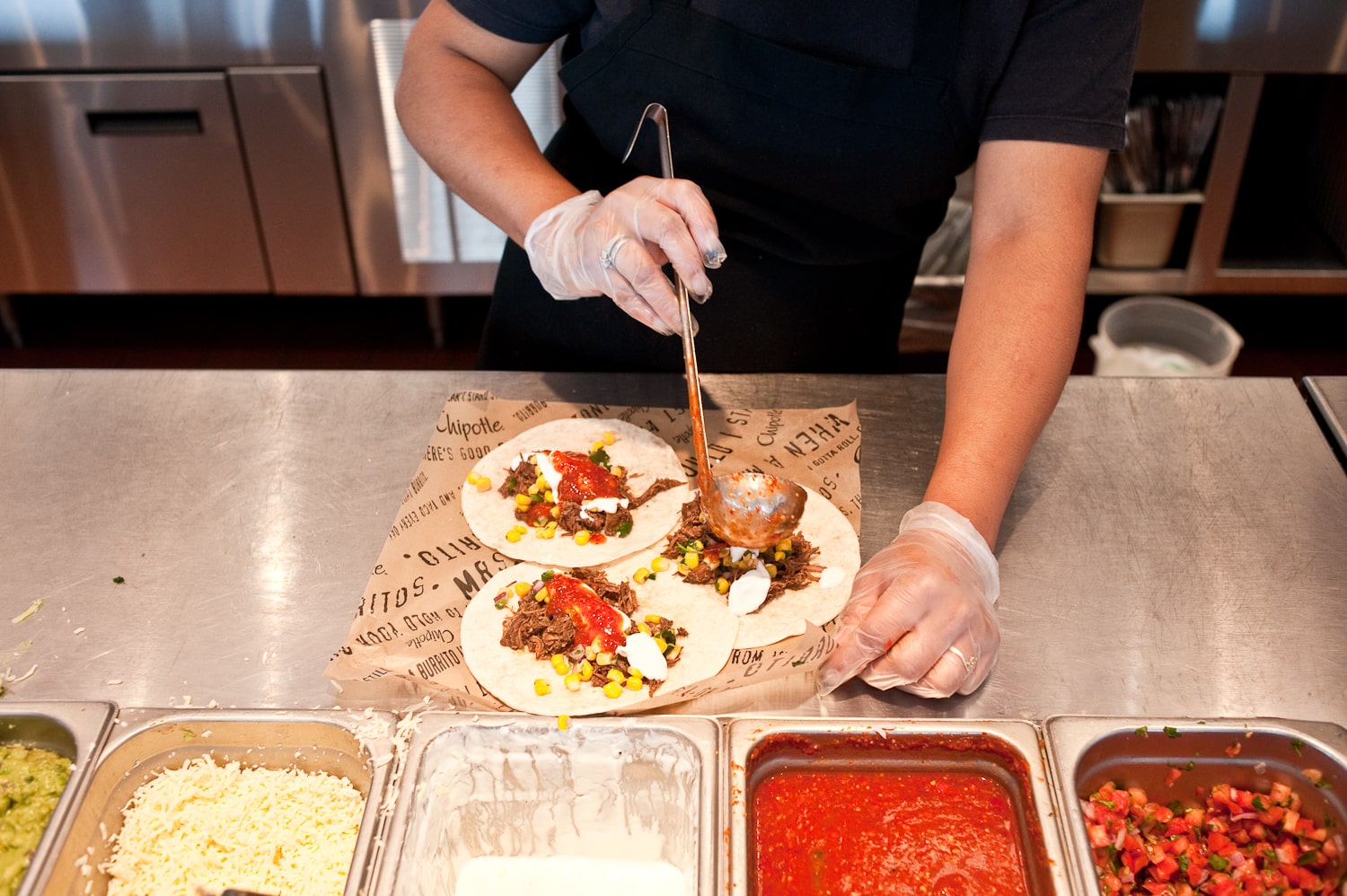
If Wendy’s dynamic pricing model proves successful, it could set a precedent in the fast-food industry. Other chains might follow suit, testing their own versions of fluctuating prices.
Jonathan Maze of Restaurant Business suggested to CNN this could be a “turning point,” with widespread implications for how we consume fast food. However, success hinges on customer acceptance and whether the perceived value aligns with the price.
Customer Adaptation

Dynamic pricing might change more than just costs. It could alter consumer behavior. If customers learn they can save money by visiting at off-peak times, we might see new patterns in fast-food dining emerge.
However, the long-term feasibility of dynamic pricing will depend on whether customers adapt to and accept fluctuating prices as part of their dining experience. Wendy’s will need to monitor and respond to these behavioral changes to ensure the model’s sustainability.
The Balance of Technology and Tradition
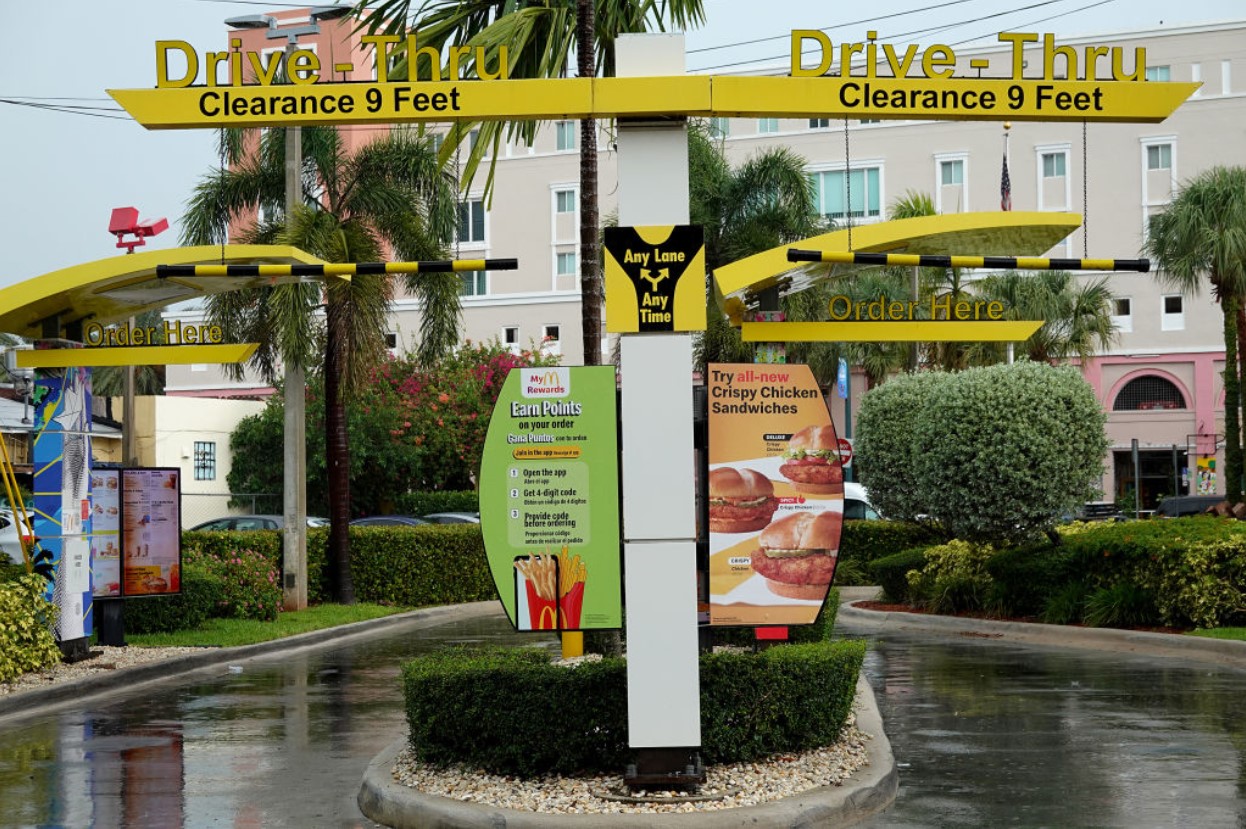
As Wendy’s integrates more technology into its service model, it walks a fine line between innovation and maintaining the core fast-food experience.
The success of digital menus and dynamic pricing hinges on enhancing, not complicating, customer and employee experiences. It’s a challenge of modernizing while retaining the simplicity and speed that define fast food.
Risk Considerations
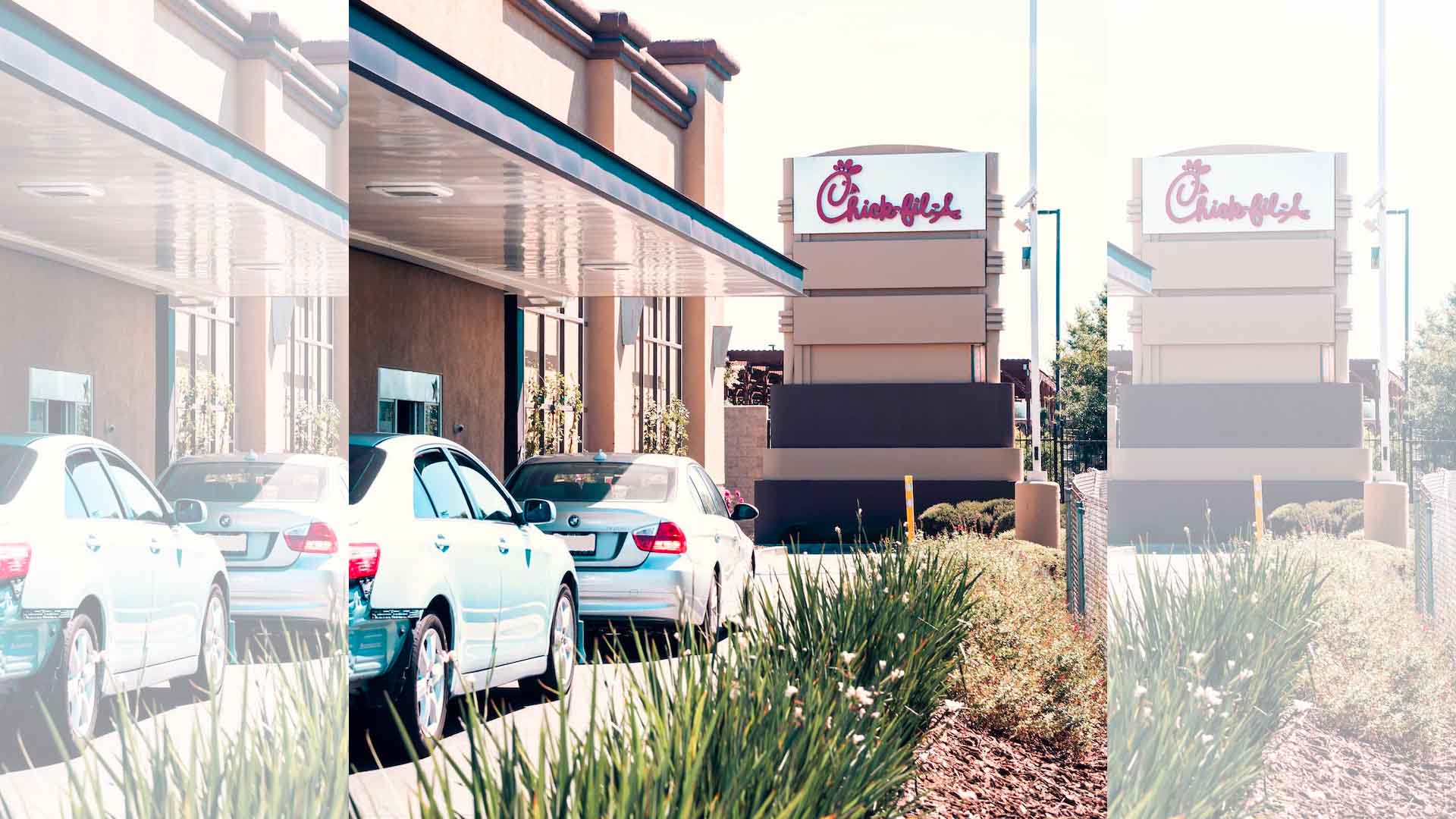
Maze also views Wendy’s move as potentially transformative but full with risks. The fast-food industry is built on consistency and value. Disrupting this with variable pricing could alienate customers.
However, if executed with transparency and customer benefits in mind, it could lead to a new standard.
What’s Next for Wendy’s and Fast Food?

The future of fast food is on the brink of change, with Wendy’s leading the charge toward dynamic pricing. This move could usher in a new era of digital integration and customer interaction in the industry.
As Wendy’s tests this model, all eyes will be on the consumer response and the ripple effects through the fast-food landscape. The success or failure of this initiative will likely shape the pricing strategies of fast-food chains for years to come, marking a significant shift in how we think about dining out.
